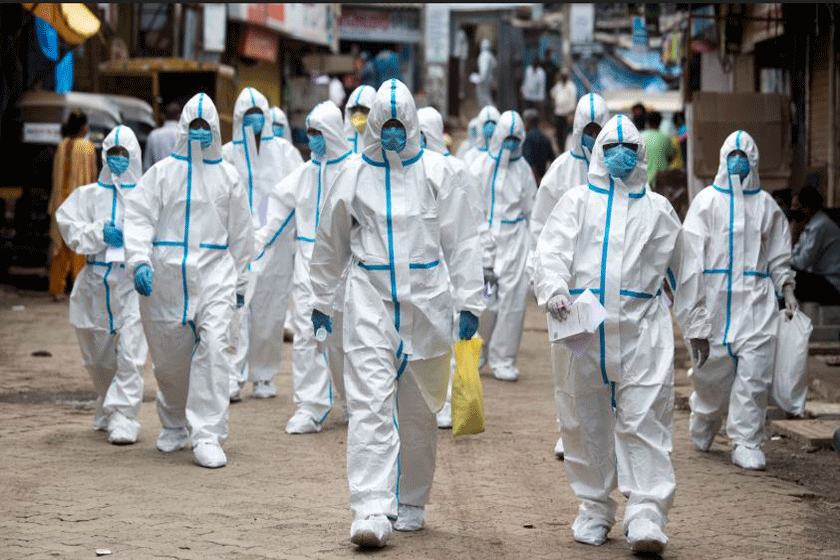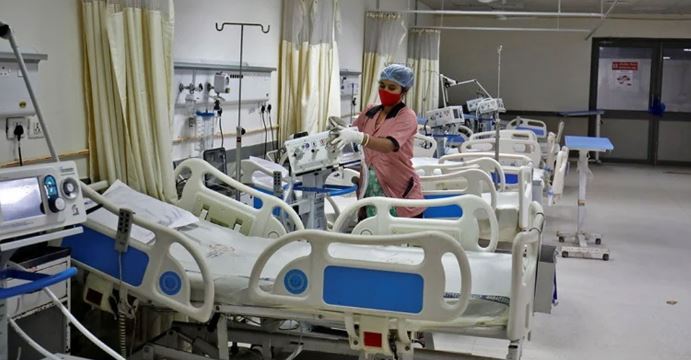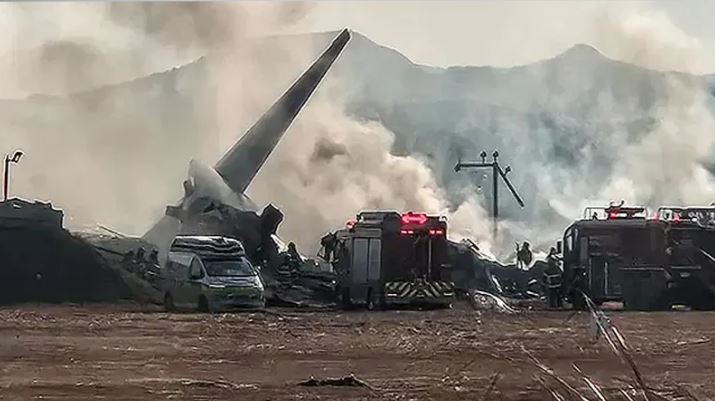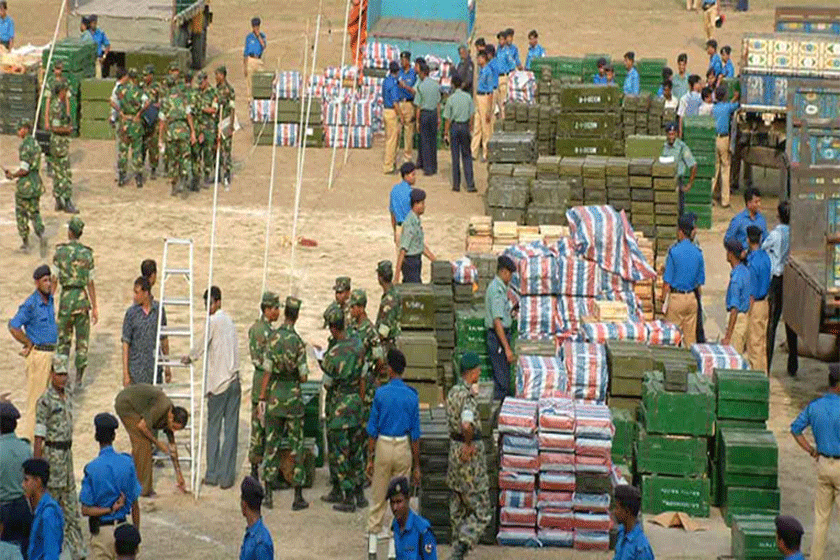
In November 2019, India’s Supreme Court approved the construction of a Hindu temple on disputed land in the northern town of Ayodhya, where there was once a medieval-era mosque.
Around the same time, authorities in the state of West Bengal – about 900 km (559 miles) away – fenced a two-acre (0.8-hectare) land parcel in a sleepy neighborhood of Hooghly district and barred all entry.
Hindu pilgrims argue the site, with remnants of a mosque and a robust minaret, in Pandua town about 100km (62 miles) north of Kolkata, the capital of the West Bengal state, is a Hindu shrine of goddess Shrinkhala Devi.
This is precisely how the movement to build a temple for Hindu deity Ram in Ayodhya started. In 1949, Hindu activists surreptitiously placed idols of Ram inside the Babri Mosque. It was eventually demolished by Hindu mobs in 1992.
India’s governing Bharatiya Janata Party (BJP) rose to political prominence on the back of the temple movement, which was launched by its ideological parent – the Rashtriya Swayamsevak Sangh (RSS).
The RSS – a Hindu revivalist organisation – and its affiliate organisations such as Vishva Hindu Parishad (VHP or World Hindu Council) want to convert dozens of mosques across the country into temples. They say these Muslim places of worship were built after demolishing Hindu temples, though in most cases official records say otherwise.
The disputed shrine in Pandua, locally known as Badi Masjid (big mosque) is among them.
The shrine of Zafar Khan Gazi, a few kilometres south of the disputed Pandua mosque shrine, is now guarded by gun-wielding private security guards amid Hindu-Muslim tensions.












0 Comments